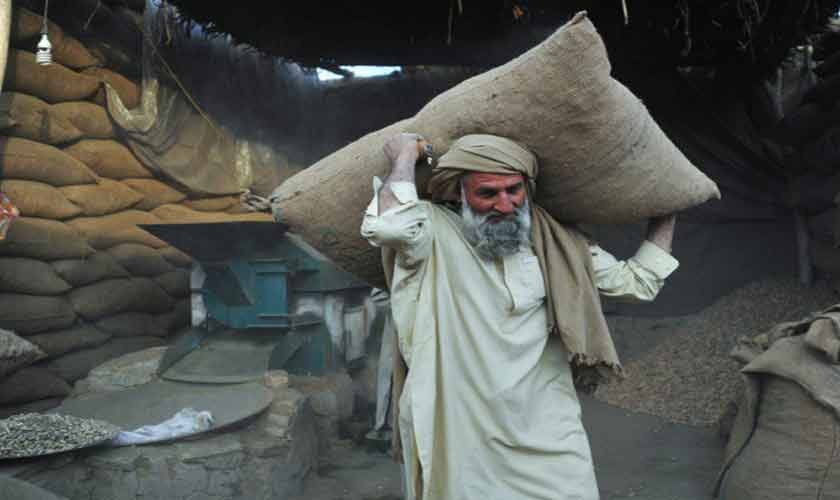Arshad Mahmood Awan
Population control is critical for Pakistan due to various reasons. First and foremost, the rapid population growth puts immense pressure on the country’s limited resources, including food, water, and energy. This can lead to scarcity and unsustainable consumption, ultimately affecting the quality of life for the population.
Moreover, the growing population exacerbates unemployment and underemployment, straining the economy and social welfare systems. It also creates challenges for urban infrastructure and services, as the accelerated urbanization leads to increased demand for housing, healthcare, and education.
Additionally, high population growth can result in environmental degradation, including deforestation, air and water pollution, and habitat destruction, leading to ecological imbalances and loss of biodiversity.
Furthermore, addressing the issue of population growth is crucial for improving healthcare and education outcomes. A large and rapidly growing population presents difficulties in ensuring access to quality healthcare and education for all, which are essential for social and economic development.
Implementing effective population control measures and promoting family planning can contribute to sustainable development, resource management, and improving overall quality of life for the people of Pakistan.
The Pakistan Bureau of Statistics (PBS) has recently released the comprehensive findings of the 7th Population and Housing Census of Pakistan, which took place in 2023. This marks the first digital Census in Pakistan and the largest in South Asia. It is important to acknowledge the exceptional efforts of the leadership and staff of the PBS in accomplishing this feat. The key findings report from the Census is a remarkable publication.
However, there are concerning trends revealed by the Census data. There appears to be an increase in the annual population growth rate between the 2017 and 2023 Censuses.
The estimated growth rate in the 2023 Census is 2.55% compared to 2.40% reported in the period from 1998 to 2017. If this growth rate persists, the population of Pakistan is projected to rise by over 83% from 241.5 million to over 441 million by 2047, putting significant pressure on food and resource availability in the country.
Furthermore, there is significant variation in the population growth rates among the provinces between 2017 and 2023. Balochistan has the fastest population growth rate at 3.14%, followed by Khyber-Pakhtunkhwa at 2.82%. In contrast, the larger provinces of Punjab and Sindh have lower population growth rates at 2.48% and 2.53% respectively, although these rates are still higher than those observed in the previous Census.
Another concerning trend is the accelerated rate of urbanization, with the urban population growing at 3.59%, compared to 2.97% in the last Census. This has resulted in a significant increase in the urban population, reaching 38.8% compared to 36.4% six years ago.
The number of rural-urban migrants is estimated to be over 6 million from 2017 to 2023, leading to a decrease in the growth rate of the rural population to 1.86%, indicating challenges in the rural economy, particularly in agriculture.
An analysis at the provincial level reveals significant differences in the rate of urbanization, with Balochistan and Punjab experiencing the fastest urbanization rates at 5.04% and 4.13% annually, while Khyber-Pakhtunkhwa had a much lower urban population growth rate of 0.71%.
In terms of demographic indicators, there has been an increase in the percentage of children aged zero to 4 years, and a decline in the share of the youth population aged 15 to 24 years, which may indicate a shift in the age distribution of the population.
The average household size has decreased overall, indicating a transition to more nuclear families than joint households, particularly in rural areas.
Additionally, the Census highlights unexpected population growth patterns in cities with populations over 1 million, with some cities experiencing relatively low growth rates and others, such as Rawalpindi and Quetta, exhibiting high population growth rates.
The Census also reports only a modest increase in the literacy rate from 58.91% in 2017 to 60.65% in 2023, with little progress in male literacy rates. The number of out-of-school children aged 5 to 16 years is reported at 25.37 million, illustrating significant issues in the education system.
These are just a few of the many trends and findings revealed in the 2023 Census, highlighting the complex demographic and socioeconomic changes taking place in Pakistan.















